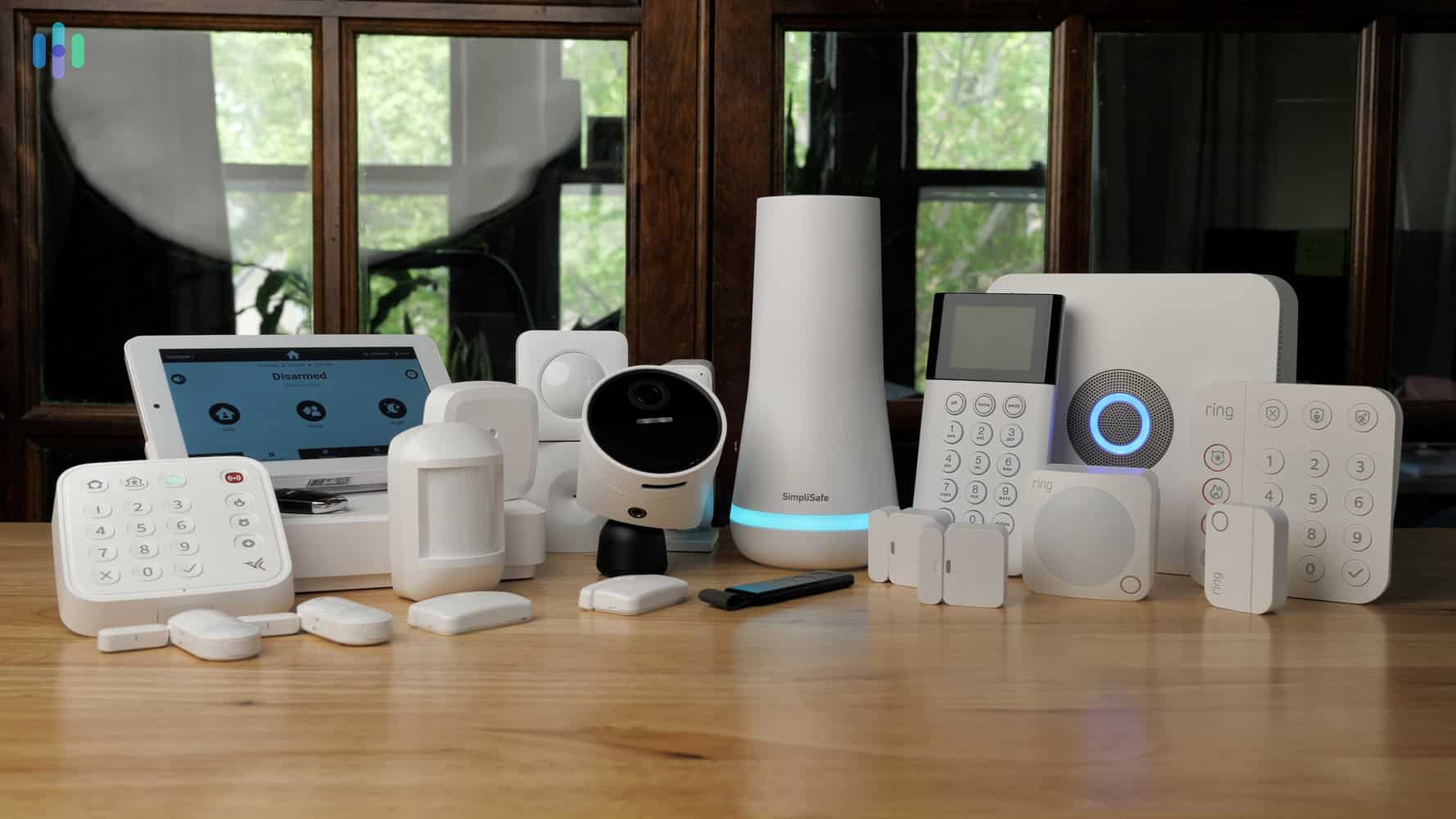
How to Use IoT for Remote Monitoring of Surveillance Systems

Imagine you could watch over your home, office, or any important place from anywhere in the world—no stress, no hassle. That’s the magic of combining IoT (Internet of Things) with home automation and surveillance for remote monitoring of your security systems. Sounds futuristic? It’s actually happening now, and it’s easier to set up than you think.
In this article, we’ll explore how IoT transforms surveillance into a smarter, more efficient, and user-friendly experience. We’ll break down the tech, the benefits, and how you can get started. So, buckle up and get ready to dive into the world of IoT-enabled surveillance monitoring!
Simply put, IoT refers to a network of physical devices connected to the internet, able to collect and exchange data. When it comes to home automation and surveillance, IoT devices include cameras, sensors, alarms, and even smart locks. These devices work together to provide a complete view of your property, no matter where you are.
Think of it as your home’s nervous system—sensing, sending signals, and keeping you informed in real time.
Have you ever been away and wondered if everything back home is okay? Remote monitoring through home automation and surveillance lets you check live camera feeds, receive alerts, and even control devices from your phone or computer.
This convenience brings peace of mind, reduces response times in emergencies, and can even prevent crimes before they happen.
To get a smooth IoT surveillance setup, you’ll need:
Each piece plays a vital role, like the gears in a watch, ensuring everything ticks perfectly.
Traditional cameras only show footage when you check them. IoT cameras and sensors can send alerts instantly if something suspicious happens. Plus, you can interact with devices—like turning on lights or locking doors—from anywhere.
With IoT, surveillance systems become proactive guardians, not just passive watchers.
Starting out might seem intimidating, but it’s like assembling a simple puzzle:
Most brands now offer user-friendly guides and apps, making setup almost plug-and-play.
Not all devices are created equal. Consider these when picking yours:
Match devices to your needs—for example, outdoor cameras should be weatherproof.
Cloud connectivity means your video and sensor data are accessible anytime, anywhere. It also adds backup protection—no worries if a thief destroys the camera physically.
Most services offer subscriptions for different storage sizes. Some even use edge computing to process data locally for faster responses.
The real game-changer is instant notifications. Get a push alert on your phone when motion is detected or a door opens unexpectedly.
You can customize alerts by zone or device, so you’re not bombarded by false alarms. It’s like having a personal security guard in your pocket.
Pairing AI with IoT takes surveillance to a new level. AI can analyze video feeds to:
This means fewer false alarms and faster detection of real threats.
Here’s why IoT surveillance is a no-brainer:
No system is perfect. Some challenges include:
Good planning and trusted vendors help reduce these risks.
Since IoT devices connect to the internet, they’re potential hacking targets. Here’s how to keep your system safe:
Think of it as locking your digital front door.
These examples show IoT surveillance is not just theory—it works.
The future is bright and full of possibilities:
Technology keeps evolving, and surveillance will only get better.
If you want peace of mind, faster response to threats, and a smarter way to protect your property, IoT remote monitoring is a fantastic choice. It fits all budgets and scales easily from a single camera to a full smart security system.
Start small, learn as you go, and soon you’ll wonder how you ever lived without it!
Supporting a Partner Through Addiction: A Compassionate Approach
Q1: Can I use my existing cameras with IoT remote monitoring?
Yes, many IoT platforms support integration with traditional IP cameras, but you may miss out on some smart features without IoT-specific devices.
Q2: How secure is data stored in the cloud?
Most cloud services use strong encryption and security protocols, but always choose reputable providers and keep your credentials safe.
Q3: Will IoT surveillance work without Wi-Fi?
Wi-Fi is preferred for home automation and surveillance systems, but some devices also support cellular data or mesh networks for remote locations without Wi-Fi.
Q4: How do I avoid false alarms from pets or wind?
Use AI-enabled cameras with motion detection customization to filter out harmless movements.
Weird Facts About the World’s Largest Animal: The Blue Whale
Implementing IoT for Real-Time Monitoring of Livestock Feed Intake
5 Weird Facts About the World’s Smallest Organism: Tardigrades
Q5: What’s the average cost to set up an IoT surveillance system?
It varies widely—from $100 for basic DIY kits to thousands for advanced commercial setups—but many affordable options exist for homeowners.
The Future of Homes Is Smart https://youtu.be/dxeC41gVSQ4 Imagine walking into your house, saying “lights on”,…
Weather plays a pivotal role in farming, influencing everything from planting schedules to irrigation needs.…
Introduction Imagine a world where farming decisions are guided not just by intuition but by…
Introduction Imagine a world where robots and artificial intelligence (AI) handle the backbreaking work of…
Introduction AI models for drought prediction, and made you ever wondered how farmers and researchers…
https://youtu.be/PpIlTJ0myoM Introduction: Why Bother Monitoring Water Anyway? IoT Aquaculture project If you’ve ever tried growing…
This website uses cookies.